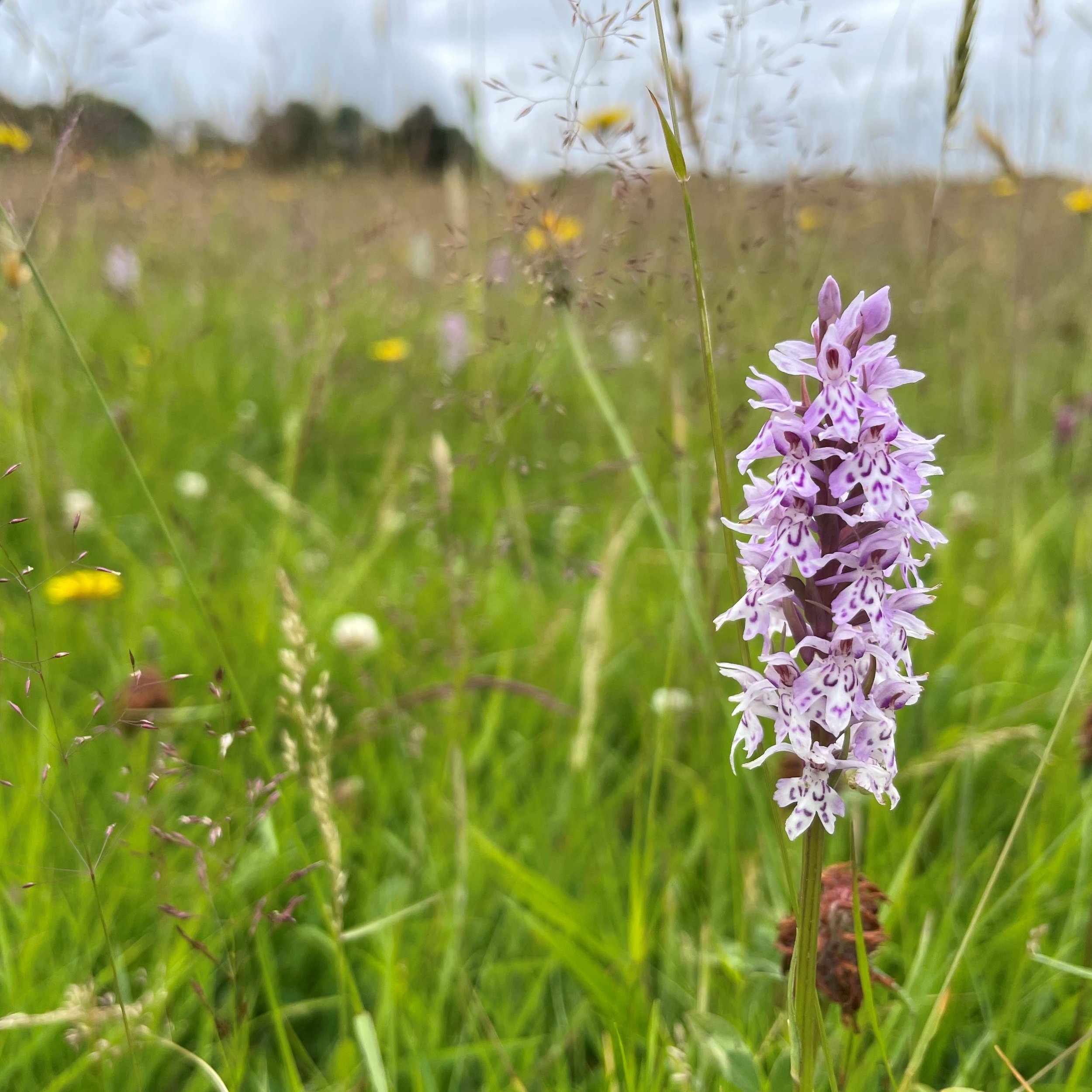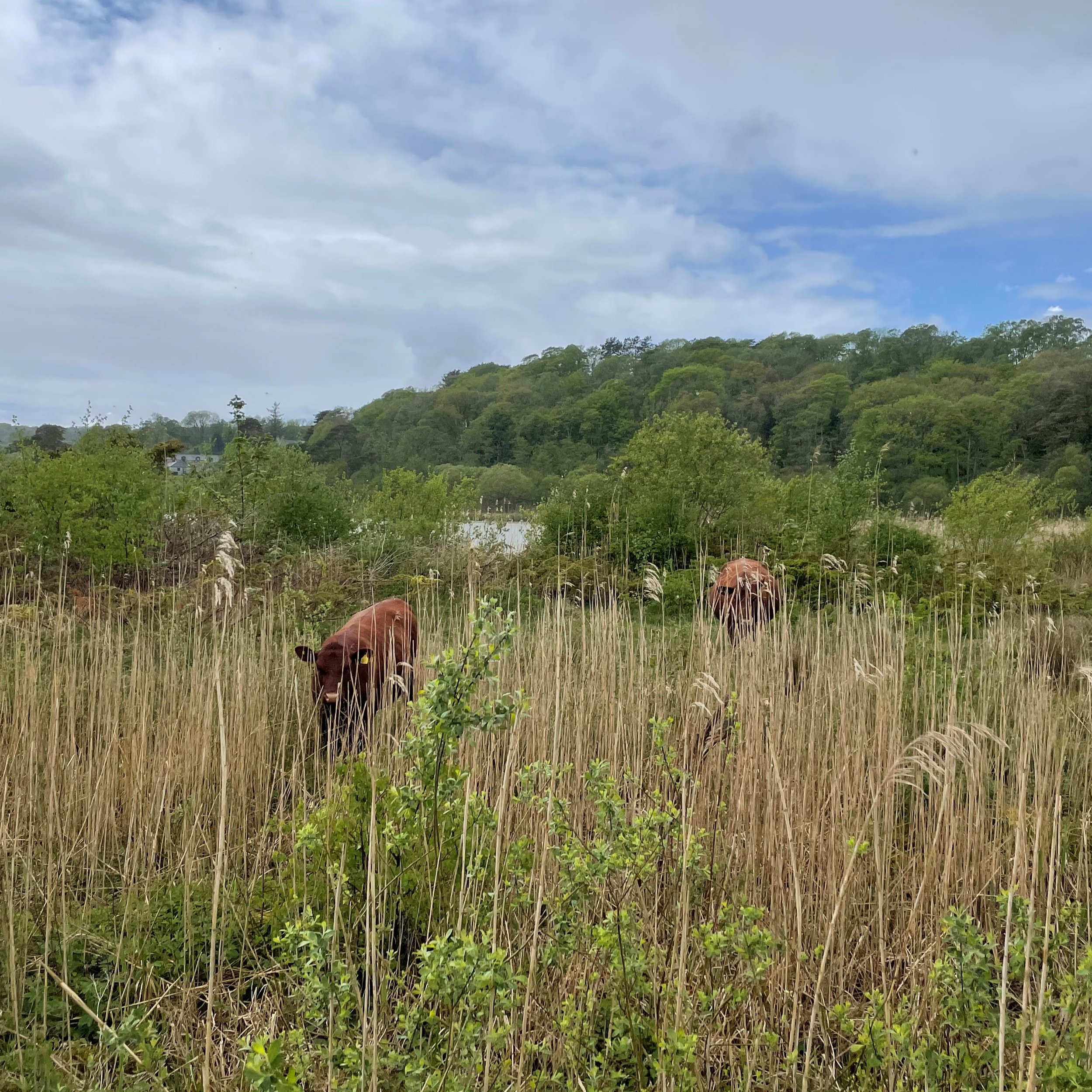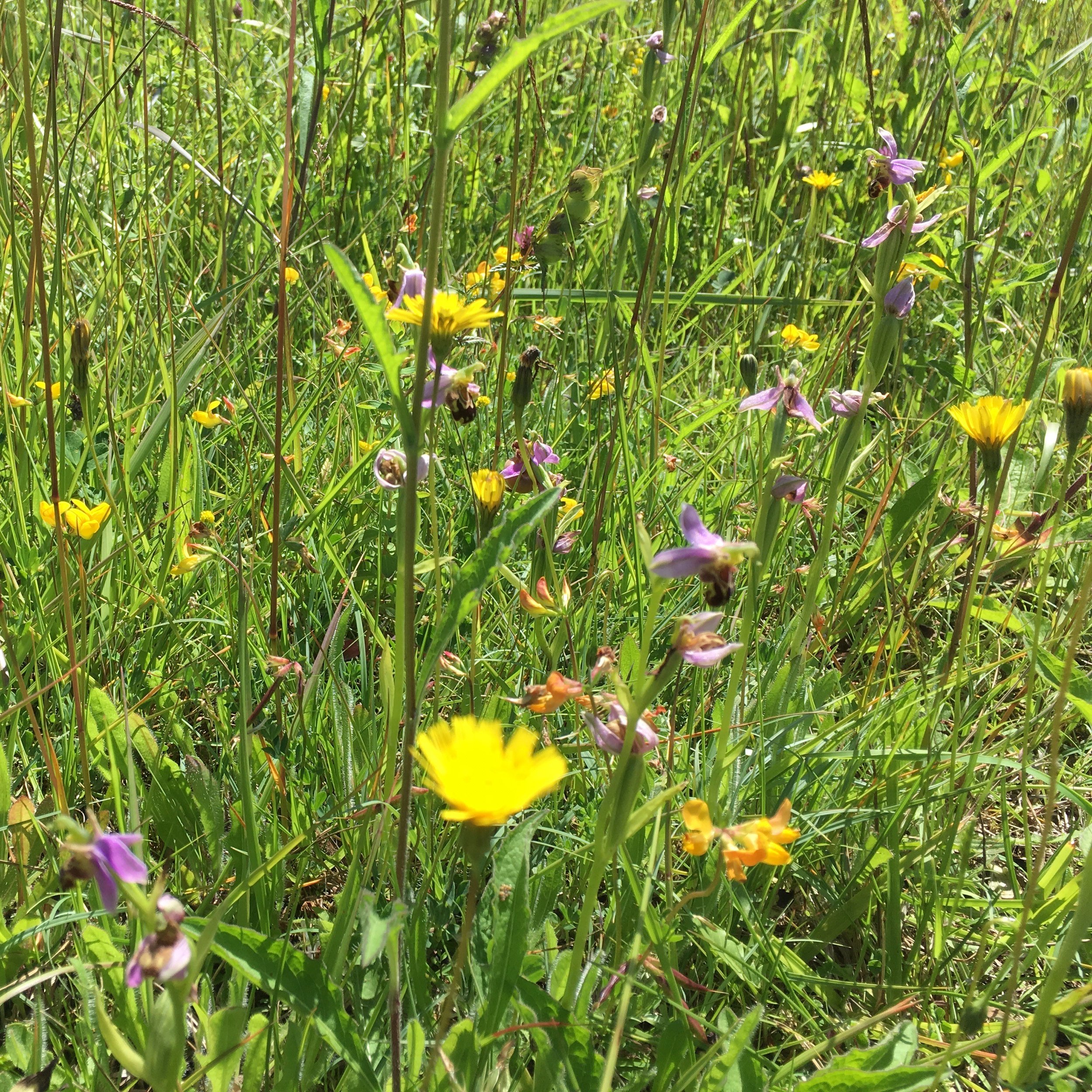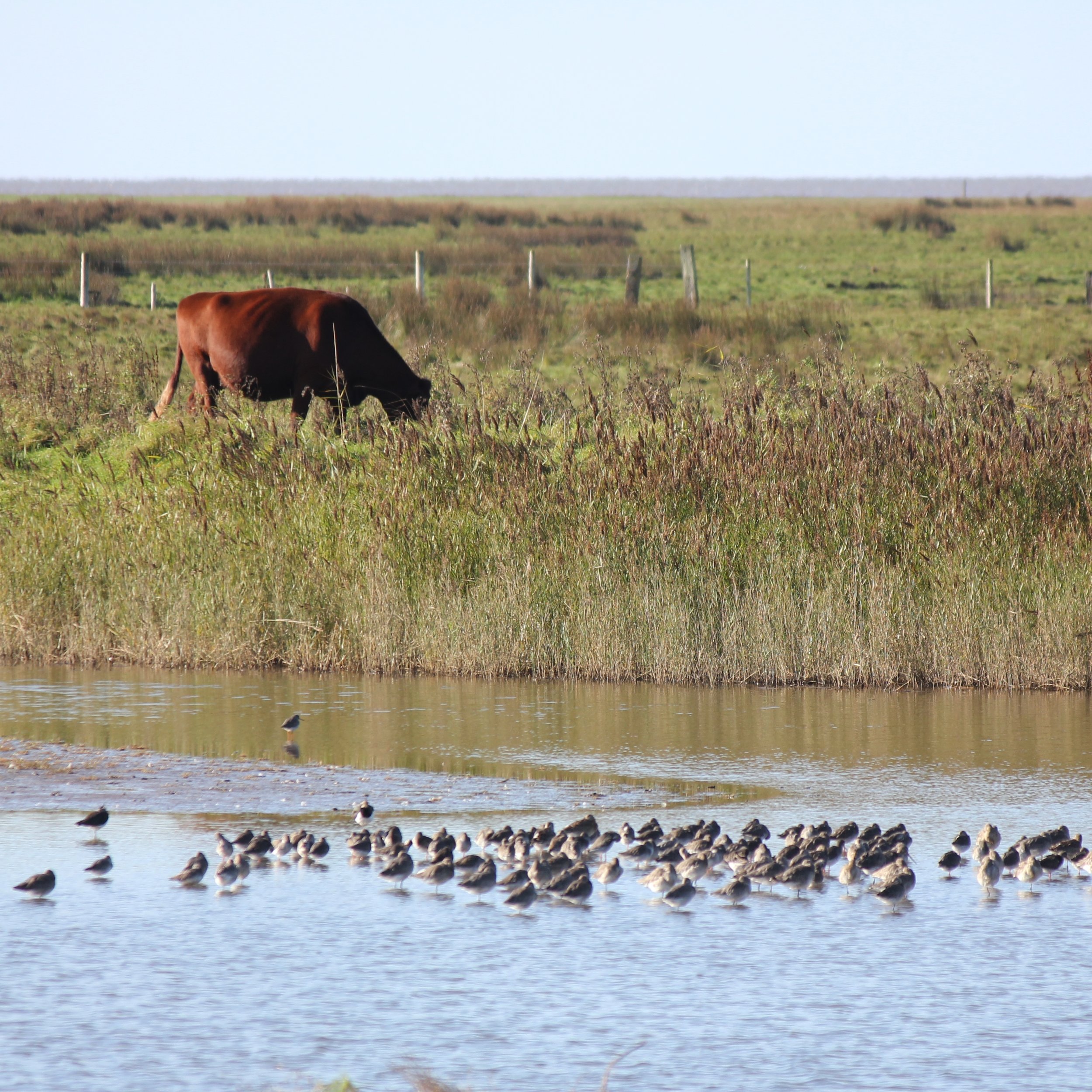Cows and Conservation
The habitats found around Morecambe Bay are largely shaped by historic land management practices. Coppiced woodlands, hay meadows, orchards and limestone escarpments have all been managed by man to make use of our natural resources. Working in harmony with the land, man’s influence can create and maintain a wonderful mosaic of habitats that offer a home to wildlife and livestock alike.
So why cows? Cows feature heavily in the local landscape and are essential to maintaining some of the conditions that allow for our unique mix of wildlife to survive. Many butterflies rely on specific plant species on which to lay their eggs and which their caterpillars will then feed on. Many of these plants will only grow in open grassland where it is warm enough and there is enough light for them to flourish. Therefore open areas of grassland are really important and the easiest way to manage this (without using noisy machines) is to get the cows in!
Will any old cows do? Generally native breed cattle like the Galloway, Short horn and Red poll (not your hefty dairy cows) are used to graze these special sites. They tend to be smaller and lighter on the ground but will also be quite happy eating some of the courser vegetation found on the limestone grasslands and around the woodland edges (important for helping to prevent the woodland from taking over too).
Why cows and not sheep? Sheep can be very selective in what they eat, preferring juicy soft grasses and young flowers (that we’re trying to protect!) but a combination of sheep and cattle grazing can be beneficial in some places.
Won’t the cows also eat the flowers? This is where timing of grazing comes in. To maintain the unique flora of this landscape the cows often only graze these sites during autumn and early spring, or in very low numbers throughout the year, being moved from site to site depending on what is needed. This works to avoid key sites during the main flowering season, allowing plants to bloom and seed, as well giving space to breeding birds and butterflies.
We’re really lucky to have some great farmers who work closely with the local conservation teams to provide a top notch grazing service with their cows to help keep the landscapes around Morecambe Bay special. Where farming and conservation work closely together there are benefits for everyone. It’s not a straightforward formula - weather, disease and movement logistics can make this type of farming a challenging prospect. It relies on flexibility, creativity and good relationships to get it right. But when we do get it right it’s a win for farming and wildlife, and we also get some great tasty local produce.
Want to know more? Book a NaturesGems tour!






